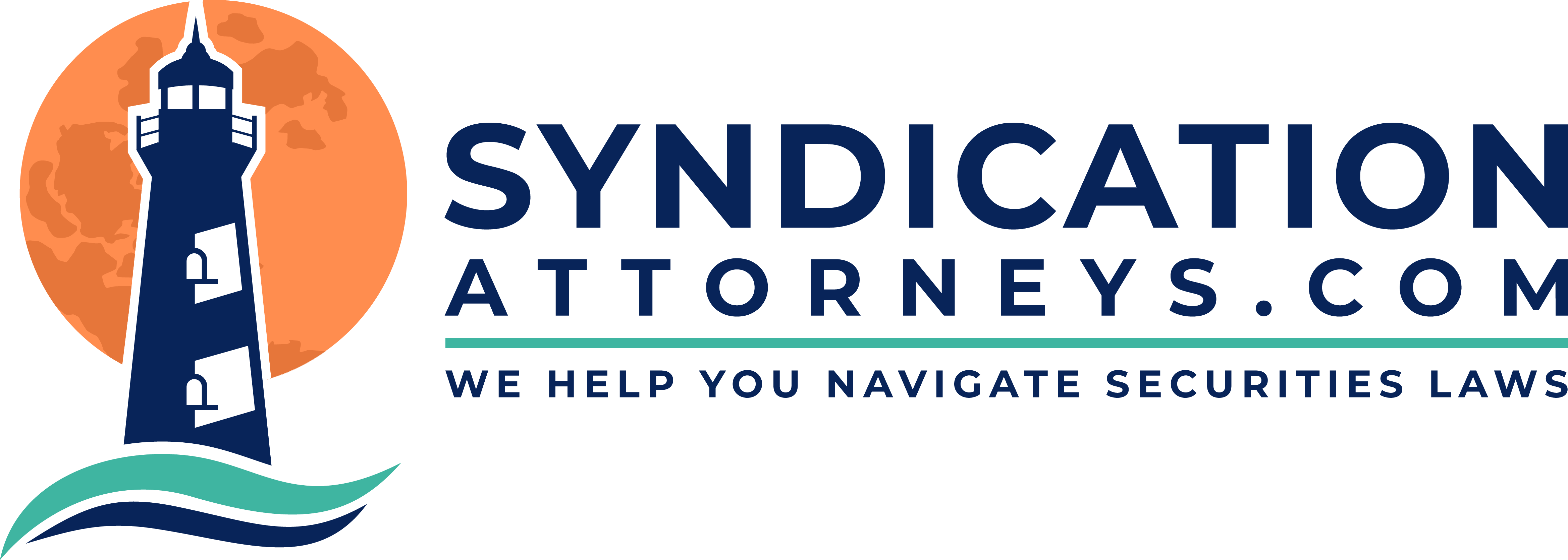The following is a guest post by Mat Dellorso, co-founder and Chief Strategy Officer of WealthForge. WealthForge Holdings, Inc., is a diversified financial services company focused on providing private investment solutions to its customers. WealthForge Holdings, Inc. includes subsidiaries that specialize in providing technology solutions and facilitating private placements. This post originally appeared on WealthForge.com.
Regulation A (Reg A+) is an exemption to the securities registration requirement that allows qualifying companies to raise capital from the public without taking on the exorbitant costs and legal requirements needed for a traditional IPO. But, a Reg A raise comes with its own set of pros and cons that any issuer contemplating a capital raise will have to consider.
In 2017, there were over 100 Reg A filings totaling more than $250 million in transaction volume. However, not all of these filings resulted in a successful raise. We’ve taken a look at the successes and failures of last year to discover what kinds of companies are best suited for a Reg A raise.
Who Should Conduct a Reg A Raise?
Companies that wish to “Go Public” and list on an exchange
Examples: Chicken Soup For The Soul Entertainment, Myomo, Inc., ADOMANI, Inc., Shiftpixy Inc.
One of the biggest benefits of the updated Reg A rule is the ability to list on a national public exchange, such as NASDAQ, NYSE, or OTC. While conducting a Reg A raise can be less expensive and involved than a traditional IPO, subsequently listing on an exchange will subject an issuer to hefty listing costs and stringent reporting requirements. This strategy of conducting a Reg A to list on an exchange should only be undertaken by those companies that are able to support the ongoing financial and administrative burdens of public annual reporting.
Companies that are too small for a traditional IPO, but have strong operations and are equipped to handle the reporting requirements, may see some success with a publically traded Reg A raise. This will provide them with access to investors who may be looking for something more liquid than non-traded securities.
Working in favor of those considering a “Mini-IPO” through Reg A, is a strong demand for new public issuances among the brokerage community. Since the enactment of the Sarbanes-Oxley Act of 2002, the number of new public offerings has declined significantly. The narrowing of the market has left heavy competition for brokerages and investment bank clients to access new traditional IPO shares. Now, the top five largest investment banks get the high profile public offerings and only those banks clients get access to the IPO shares. As a result, smaller brokerage firms—and the investor clients they service—miss out. The absence of available new issuances has created a demand that is now starting to be filled by Reg A.
Retail companies that have cultivated a community of passionate fans
Examples: BrewDog, DSTLD, Hylete
It’s not often that the average US citizen is presented with an opportunity to purchase equity. That privilege is mostly reserved for accredited investors – those in the top percentiles of annual income or net worth. But, some retail brands are able to form strong enough brand recognition to develop a community of devoted followers. These followers could be interested in investing even though, under traditional means, they would have no way of doing so. Reg A allows these brands to tap into their community of fans, who can serve as a pre-assembled pool of potential investors. Low investment minimums make investing in these types of companies accessible and attractive to a wider audience. BrewDog, for example, has a minimum investment of just £47.50, currently about 65 USD.
However, with low minimum investments, issuers must always consider how many investors it will take to raise the desired capital, how they plan to process such a large volume of transactions.
Companies with a large marketing budget
Examples: Elio Motors, Knightscope, Inc., Rayton Sola
As a Reg A offering is a public offering, one of the best practices and predictors of capital raising success has been the effective use of marketing expenditure. Intrepid companies conducting a Reg A offering can effectively spread the word for their securities sale through purchasing targeted online advertisements, social media, print ads, radio communications, and even billboards. However, even with a large budget and the expanded investor pool afforded by Reg A, it is important to remember to tailor and target advertising to ensure funds are utilized efficiently.
Rather than target average citizens with low minimum investments, another approach would be to go after a segment of underserved investors that could have a larger impact on your capital raise. There is a significant percentage of the population that is affluent but not yet accredited. For example, young professionals who have disposable and investable income and/or large savings. This segment of the population may have the financial means, knowledge, and desire to invest responsibly. However, due to the restrictions of the legal definition of “accredited”, they do not have access to private securities investments. If an offering has an attractive risk-return profile and the issuer can draw the attention of this population with effective marketing, the additional spend may prove worthwhile for bringing in additional investment dollars.
Companies successful in Reg D that now want to include retail investors
Examples: Cottonwood Partners, FundRise, RealtyMogul
Issuers well versed in raising capital through Regulation D, which is restricted to accredited individuals, may find themselves intrigued by the prospect of opening up their investor pool. Real estate related offerings have sometimes found success with Reg A by expanding their investor base to include the underserved unaccredited investors. Reg A funds raised by issuers like Fundrise are then invested in underlying Reg D transactions which would normally be restricted to accredited investors. In this model, non-accredited, retail investors are given the opportunity to indirectly access a diversified portfolio of Reg D investment opportunities.
However, Reg D issuers often turned off by the $50 million maximum raise restriction that applies to Reg A.
Who Should Not Conduct a Reg A Raise?
According to SEC filings, there have been more than 150 Reg A offerings submitted to take advantage of the new regulation, upon the writing of this article. However, it is currently reported that only approximately 20% of these offerings have successfully raised money. Those numbers suggest that many of these issuers have failed to attract investor capital or make it all the way through the process.
Companies with small raise budgets or need capital quickly
While Reg A can be less expensive than an IPO, it still presents issuers with substantial costs. Based on research we present in our whitepaper on Reg A, legal expenses to cover document preparation, regulatory filings, etc. can exceed $80,000. Acquiring new investors through marketing, hiring accountants for annual audits and tax reporting, and utilizing a broker dealer to keep compliant can all drive up the cost of conducting a Reg A offering.
The process is also a lengthy one, taking as long as 20 weeks before the offering can be launched. Companies that require money quickly, are pre-revenue, or do not have sound operations may want to seek growth capital before considering a public raise.
Companies that have not established investor interest
Even companies that present a sound offering and can afford the costs of the raise and the marketing involved are not guaranteed to succeed. Although past performance does not guarantee future success, companies that have raised capital before and have a relationship with prior investors are potentially better suited for navigating the capital raising process. Launching a Reg A raise without the interest of a previously established investor base or devoted fan community can falter. Luckily, Reg A allows companies to “test the waters” by announcing the intention to raise capital and get potential investors to declare their interest prior to launching a raise. Issuers should be warned, however, that investor interest does not always translate to investments made.
Companies that have not considered how they will process investors
Conducting a Reg A raise is different from a Reg D, 506(b) or 506(c) raise. In a Reg D raise, issuers either knows all of the investor participating, or they are burdened with verifying accreditation of a relatively small number of accredited investors, each contributing a large amount of capital. With Reg A, the responsibility to verify accreditation is eliminated as the raise is open to the public (though some financial information still needs to be collected). However, the number of investors can be overwhelming, with each investor contributing smaller amounts.
Many issuers are not equipped to process this volume of investors without help. Processing that many investors manually is not time or cost efficient, which is why many issuers turn to technology. Issuers will have to consider what technology platform they want to utilize and whether or not they should use a broker dealer. A broker dealer can help navigate the complex regulatory process, and a select few broker dealers, such as WealthForge, also offer integrated technology solutions.

